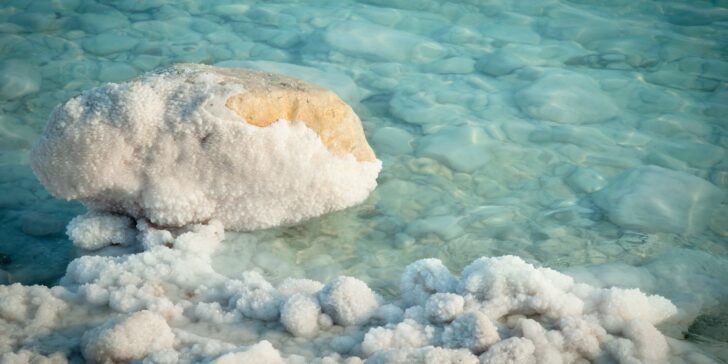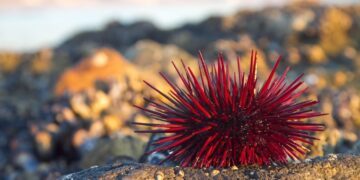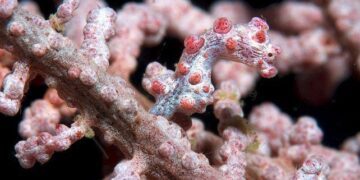Here’s a puzzle for you. How do seas remain salty despite receiving water from countless freshwater rivers and streams?
Today, we’re solving this mystery once and for all, revealing all the various ways the seas accumulate salt.
We’ll examine how the changes in the weather can affect the balance that maintains the concentration of salt in the ocean.
You’ll also discover the unique modifications in marine plants and animals that help them survive in this harsh environment.
How many seas are there in the world?
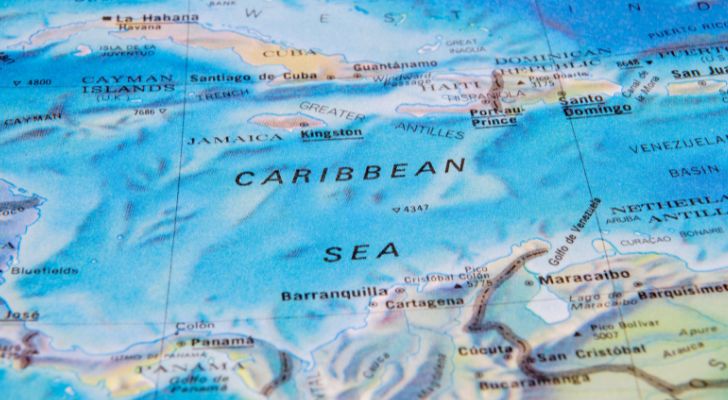
When people say the seven seas, they’re actually referring to the world’s oceans.
These include the Arctic, North Atlantic, South Atlantic, Indian, North Pacific, South Pacific, and Southern Oceans.
However, the sea is an umbrella term that actually covers more diverse water bodies. Let’s start by defining what a sea actually is.
In a nutshell, seas are masses of salty water. While the phrase “the sea” refers to the ocean, particular seas are smaller ocean sections or landlocked water bodies like the Caspian Sea.
It’s easy to see now that there are over 50 seas worldwide that fit the definition. An Interesting fact, however, is that all of them, regardless of size, are connected, forming the global ocean.
Some people simplify this further and distinguish seas and oceans based on size. By those standards, oceans refer to the major large bodies of water on Earth, while seas are smaller.
What makes the sea salty?
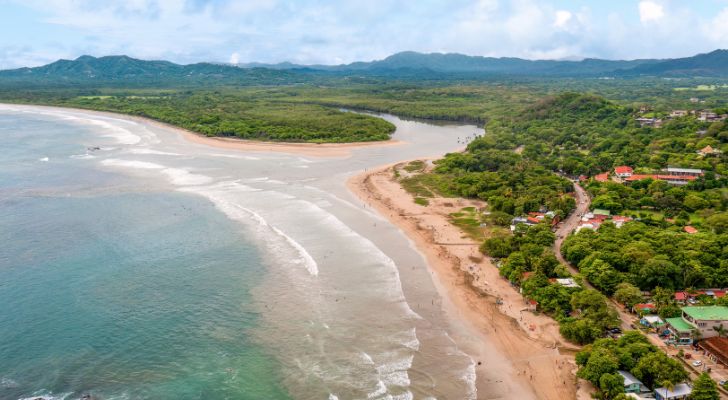
Clean rainwater is slightly acidic, with a pH ranging between 5.0 and 5.5. If the air contains other impurities, the pH can drop even further to as low as 4.0.
This acidity isn’t harmful, but it’s enough to dissolve some minerals from the rocks and soil it comes into contact with.
These dissolved minerals, called ions, include substances like sodium and chlorine. As rainwater flows, it collects these ions, creating salt.
This salty water flows into rivers, eventually reaching the oceans, carrying approximately four billion tons of salt to the sea each year.
This raises a new question, though. If the rivers carry salt to the ocean, why aren’t they salty?
Well, each time it rains, it dilutes the water in the rivers, including any salt present. As they’re sending this water elsewhere, though, the salt concentration never increases.
The sea, on the other hand, is constantly being topped up by ever-so-slightly salty water, and there’s nowhere for it to go, so it builds up and concentrates over time.
Another way salt enters the oceans is from the sea floor. Seawater seeps into crevices in the seabed, where it’s heated by magma. This reaction causes mineral salts to be released into the sea.
How do creatures survive in seawater?
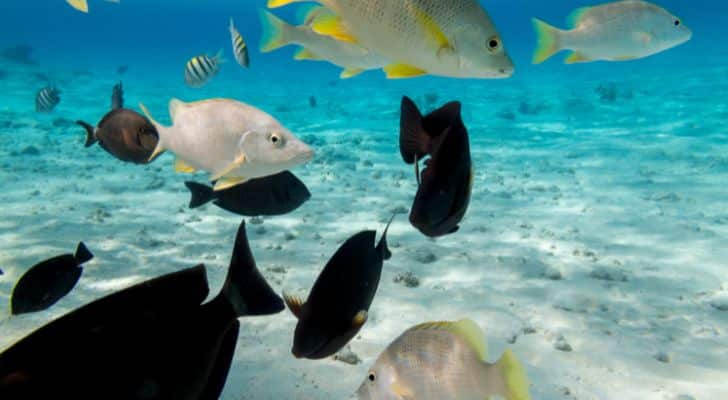
Scientifically, salty solutions like seawater naturally draw water outward through a process called osmosis. If water loss goes unchecked, even sea creatures can become dehydrated.
Thankfully, the over 242,000 species living in the oceans have specialized adaptations to help them conserve water.
For example, some marine birds, like albatrosses, have special glands that allow them to drink seawater and separate the salt from it.
When it comes to fish, their gills and kidneys help filter out salt.
Interestingly, sharks don’t drink water like other fish but absorb it through their gills. Their digestive system then gets rid of any excess salt that slips through.
Most oceanic plant life handles things a little differently. Some split the salt molecules into manageable ions, while others remove the salt through their respiratory processes.
Why are some seas more salty than others?
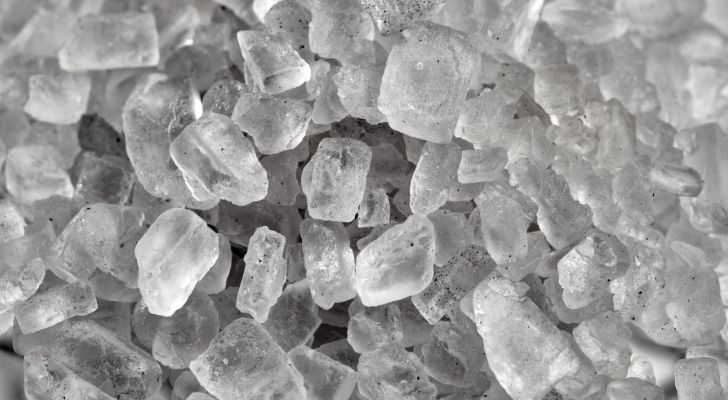
The sea’s average salt concentration is 35 parts per thousand, or 3.5%, but this can vary widely from sea to sea.
Precipitation (rain, snow, etc.), temperature, and evaporation rate may determine how salty a body of water can get.
On average, seas closer to the equator and the poles are less salty than those around mid-latitudes.
One of the saltiest seas in the world is the Dead Sea, which contains about 35.1% salt. At almost ten times the average salinity, it’s far too salty to support normal marine life.
One of the Dead Sea’s most unique traits is that its high salt concentration makes the water much denser than normal. Therefore, if you get in the water, you simply float on top instead of sinking.
On the flip side, the Baltic Sea, near Estonia, is the least salty at about 0.7 to 0.8%.
The Baltic Sea’s low salinity is largely due to its very low level of evaporation compared to the number of rivers and streams that feed it.
So, salt is carried from rivers and streams down into the sea. This salt then has nowhere to go and concentrates over time, making the sea salty.
However, the amount of salt a particular sea contains may depend on the weather and its location.
While we can’t drink seawater because it contains too much salt, it still provides a home for certain animals and plants. These species have special adaptations to cope with the salt in the sea.

